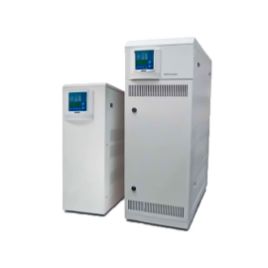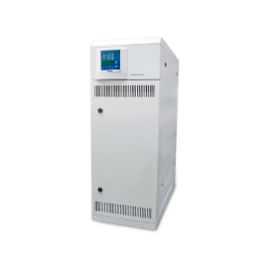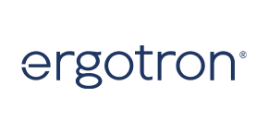Solar cells inverter
Solar cells, also known as Photovoltaic (PV) cells, are devices that convert light into electricity. When exposed to light, they generate electrical current from the positive to the negative side. With multiple panels, more electricity can be produced. Since solar cells produce Direct Current (DC) and most household devices use Alternating Current (AC), an inverter is required to convert the DC into AC.
An inverter is an electrical device used to convert Direct Current (DC) into Alternating Current (AC). The DC can come from batteries, DC generators, or solar panels. The AC produced by an inverter is similar to the electricity from wall outlets in homes, allowing devices such as motors and fans to operate on DC.
In solar cell systems, inverters work as follows:
When sufficient electricity from solar panels is available to power the inverter, it converts the DC from the panels into 220-volt AC and synchronizes it with the utility power, distributing it throughout the home's wiring. When sunlight is available, it uses electricity from the solar cells, reducing electricity usage from the utility. In the absence of sunlight, rain, or cloudy conditions, it automatically switches to utility electricity.
Benefits of inverters in solar cell systems:
- Provides convenience to users
- Helps reduce electricity bills
- Maintains stable and safe voltage levels
- Allows monitoring of solar electricity production via the internet and smartphone apps
There are three types of inverter systems in solar cell systems:
- On-Grid System: Connects to the utility power grid. Solar panels generate electricity, which is converted from DC to AC by a Grid Tie Inverter and supplied to the home, alongside utility power, helping to save energy.
- Off-Grid System: An Off-Grid inverter converts DC from solar panels to AC for immediate use without connecting to the utility grid. This system often includes batteries and chargers for energy storage during periods without sunlight. It's suitable for locations without access to utility power, though the cost of batteries can be a limitation.
- Hybrid Inverter: Combines solar and inverter technology in one unit, making installation convenient and space-efficient. Though relatively new and less known, it is an interesting and efficient system. The hybrid inverter combines off-grid and on-grid systems, using batteries to store energy for use when there is no sunlight. If solar production exceeds consumption, the excess electricity charges the batteries. At night or when solar production is insufficient, electricity from the batteries is used first, and if more is needed, electricity from the grid supplements it.




































_80.jpeg)






















